Photos: Yaks Coming Back In Tibetan Park

Running wild

Researchers recently counted nearly 1,000 wild yaks in this rugged area known as Hoh Xil, which has very few human residents and is nearly the size of West Virginia, according to a release from the World Conservation Society, whose researchers helped conducted the census.
On the rise
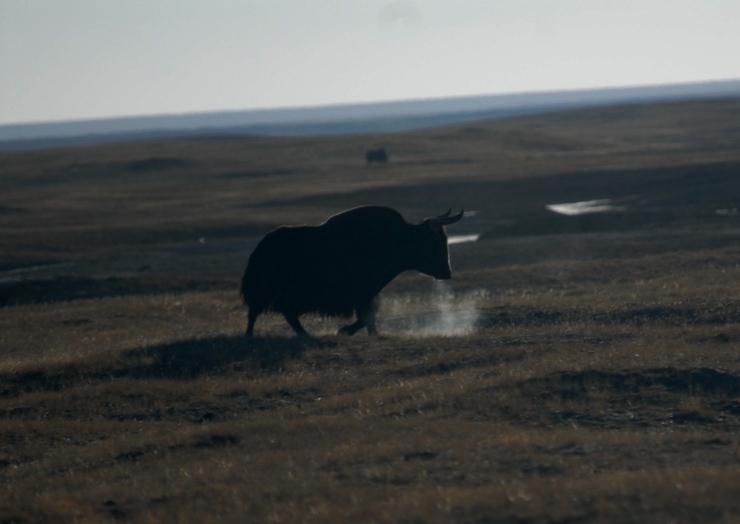
The finding of this many yak is good news for the animal, which may be coming back in some areas. Wild yaks were decimated in the middle of the 20th century by hunters, and are listed as vulnerable by the International Union for the Conservation of Nature (IUCN), one step above endangered. The group estimates their population may be about 10,000, however this is only a rough estimate, due to lack of solid numbers.
Plentiful food sources
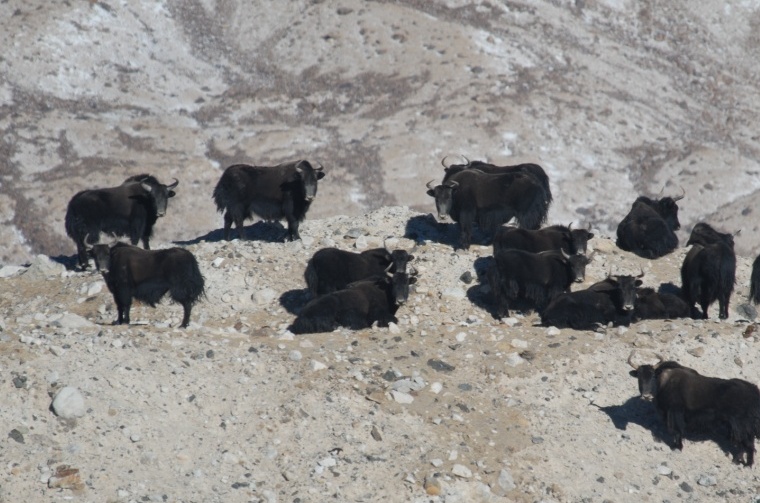
The expedition found that yaks were more plentiful near glaciers, which are home to alpine meadows and food for hungry yaks.
Third largest animal
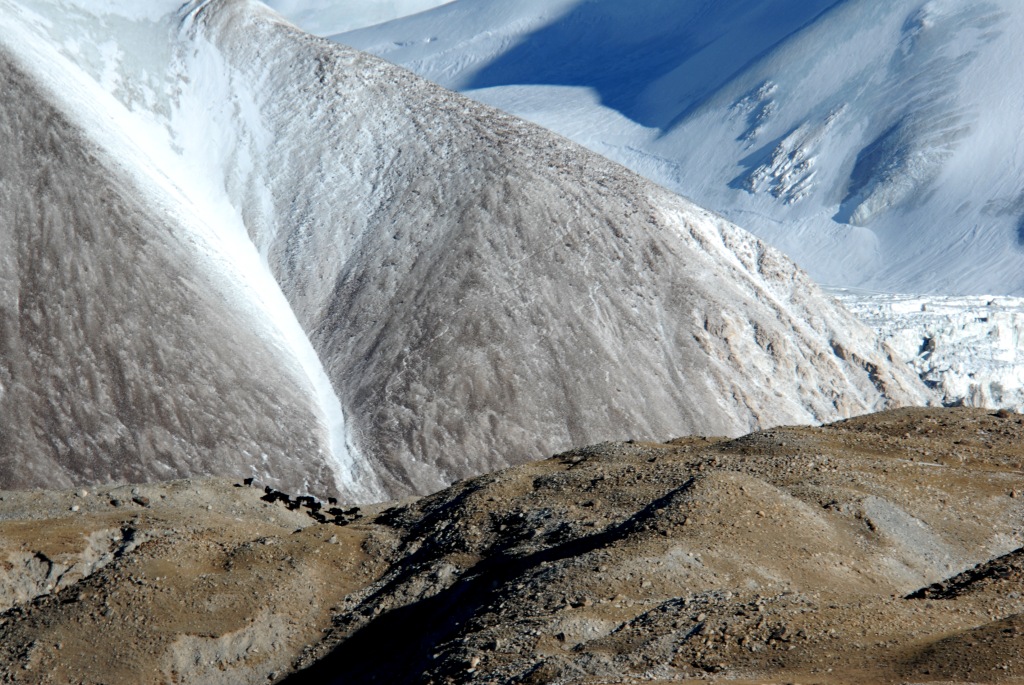
Yaks are the third largest animals in Asia, after Elephants and rhinos, although they have never been officially weighed due to their remote homeland. The animals live in alpine tundra, grasslands and the cold desert regions of the northern Tibetan plateau, ranging from 13,000 to 20,000 feet (4,000 to 6,100 meters) in elevation, according to the IUCN.
Circle of life
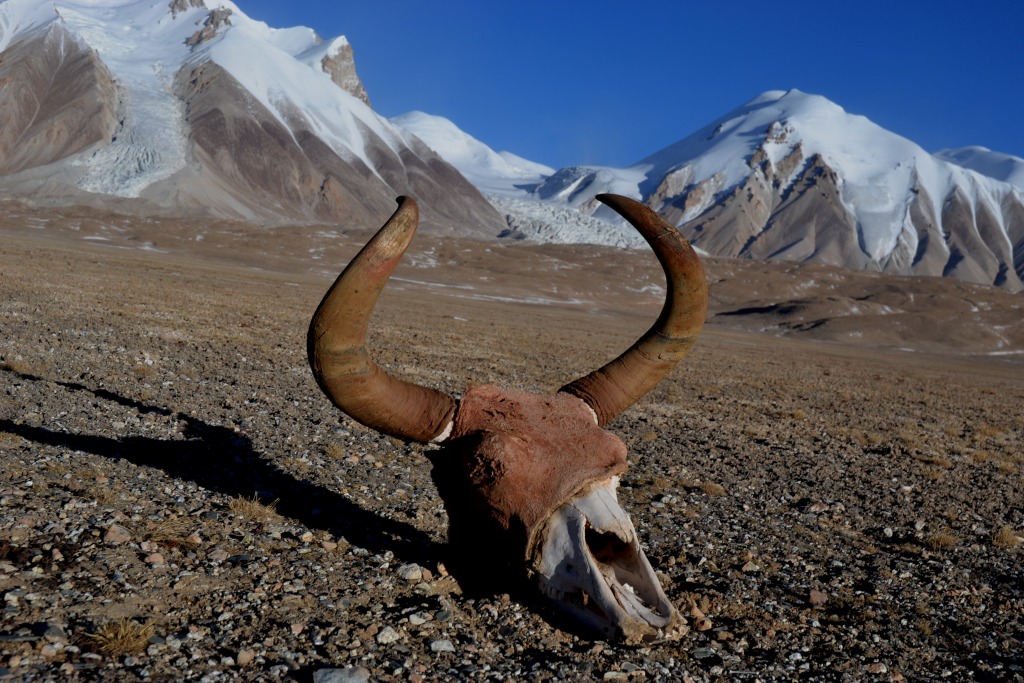
Fifty years ago, the Tibetan steppe was dotted with wild yak much in the way that bison once stretched across vast North American prairies. Like bison, wild yaks were slaughtered. Yak skulls still litter high elevation haunts up to 17,500 feet.
Hope for life
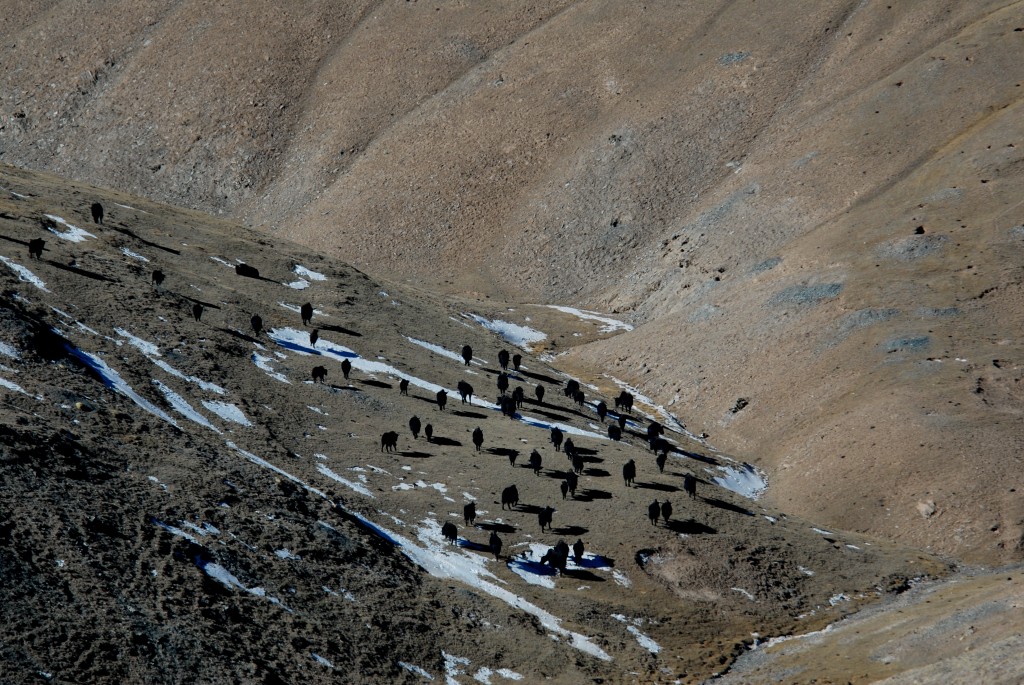
"Wild yaks are icons for the remote, untamed, high-elevation roof of the world," said researcher Joel Berger, who led the expedition to count Yak, in the statement. "While polar bears represent a sad disclaimer for a warming Arctic, the recent count of almost 1000 wild yaks offers hope for the persistence of free-roaming large animals at the virtual limits of high-altitude wildlife."
Get the world’s most fascinating discoveries delivered straight to your inbox.



